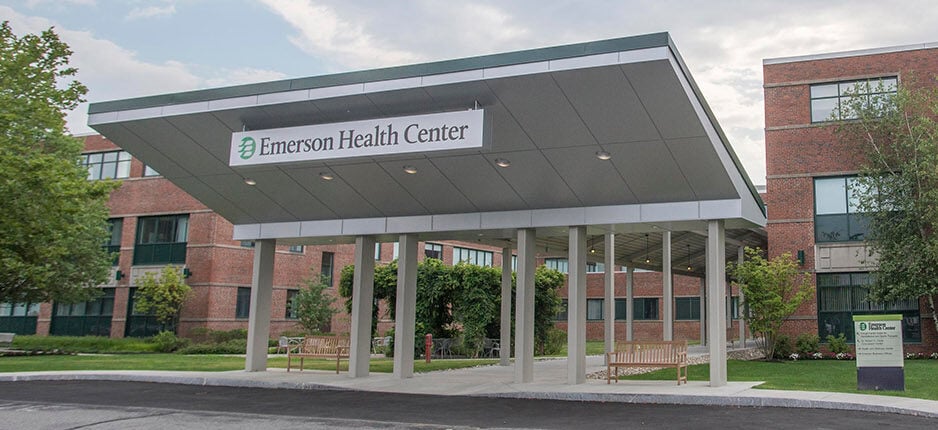Cancer Rehabilitation
With Emerson Health’s Cancer (oncology) Rehabilitation Program, you will find the support, expertise, and encouragement you need to regain control, rebuild strength, and reclaim your best-possible quality of life.
Reclaim Your Strength
Cancer treatment can be life-saving, but it often comes with challenges like fatigue, weakness, and discomfort. At Emerson Hospital, we are here to help you navigate those challenges and regain your strength, functionality, and quality of life—during and after your treatment journey.
Our specialized oncology therapists offer a range of personalized and group rehabilitation programs designed to support you through every stage of treatment, including after surgery, chemotherapy, or radiation therapy. These programs focus on empowering you to feel your best, no matter where you are in your recovery.
To schedule an appointment at Emerson’s Clough Family Center for Rehabilitative and Sports Therapies in Concord or Westford, call 978-287-8200.
Our Services
Tailored Programs for Every Cancer Journey
Our cancer rehabilitation services are specifically designed for people with all types of cancer diagnoses, in every phase of treatment. Whether you are actively undergoing treatment or recovering afterward, we are here to help. Whether you need physical therapy, occupational therapy, or speech-language therapy, our skilled oncology rehabilitation team will create a personalized plan that addresses your unique needs and goals.
Addressing Long-Term Challenges
Oncology rehabilitation focuses on preventing or reducing the impact of long-term issues that can arise from cancer treatment, such as:
- Lymphedema: Swelling due to fluid buildup
- Restricted Range of Motion: Difficulty moving or performing daily tasks
- Fibrosis: Scarring or stiffening of tissue
- Deconditioning: Loss of strength and endurance
- Vestibular Issues: Balance and equilibrium challenges
- Pain: Chronic or treatment-related discomfort
- Neuropathy: Nerve damage causing tingling or numbness
Our Locations
-
Emerson Health Clough Family Center for Rehabilitative & Sports Therapies Concord
310 Baker Avenue
Concord, MA 01742
-
Emerson Health Clough Family Center for Rehabilitative & Sports Therapies Westford
133 Littleton Road
Suite 315
Westford, MA 01886
